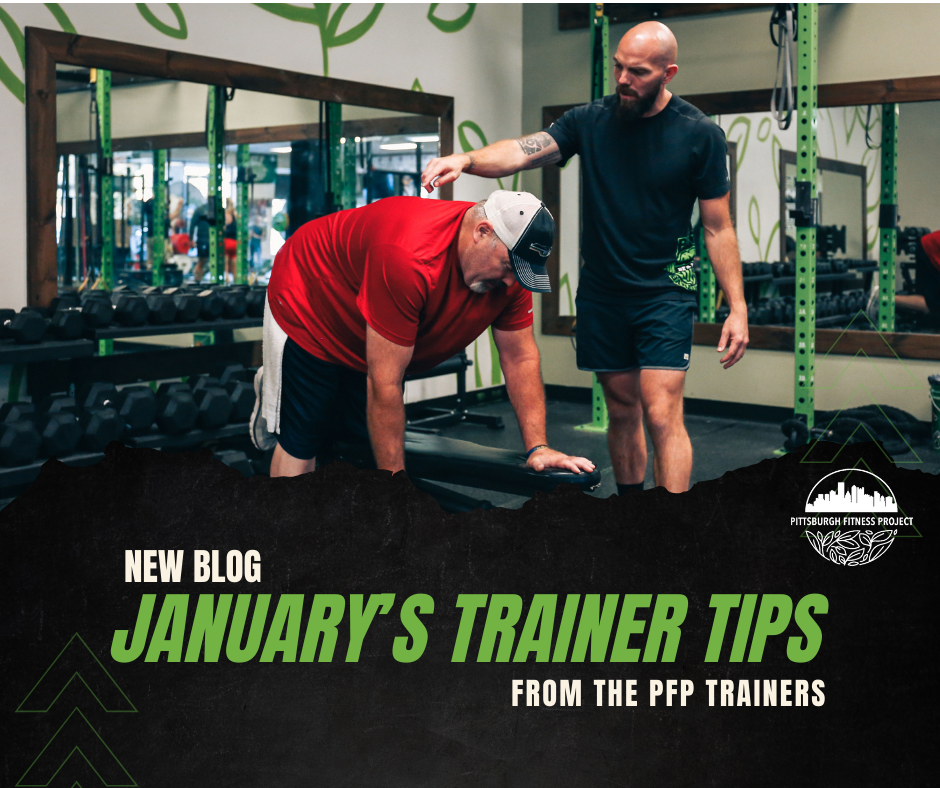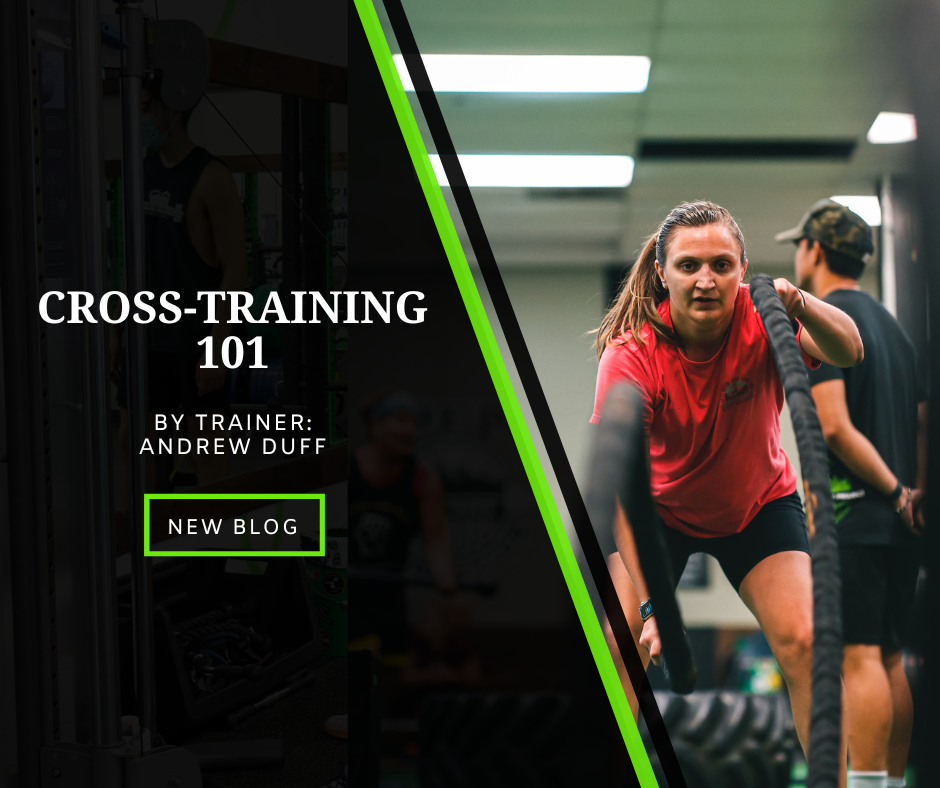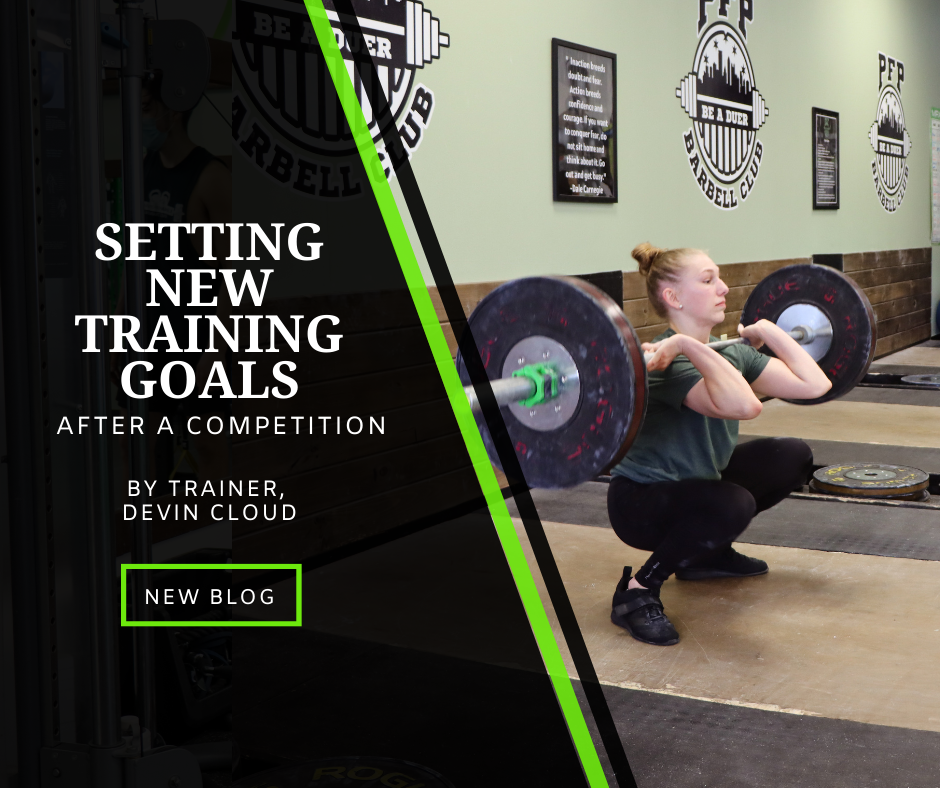
EXERCISING AS YOU AGE
We’ll all feel the effects of aging as we get older. The aging process affects all aspects of our wellbeing, including our ability to exercise. So how do we counter these effects? Let’s look at how you should exercise as you age and what changes you may need to make as you grow older.

WHAT IS PHYSICAL FITNESS?
Physical fitness is a result of exercise or physical activity. It is the efficiency and capacity of your cardiovascular health, muscular strength, flexibility, as well as your overall body composition. Each of these components prove to provide different function for your body and often have separate training focuses, but they ultimately come together to provide total body function.

WHAT IS EXERCISE?
Physical Activity is not exercise, but exercise is physical activity. It is a narrower scope focused on a more regimented and planned routine of physical activity. If you haven’t already, I encourage you to read my previous blog on physical activity and what defines it. I consider exercise to be a step up from being physically active when it comes to working towards more concrete or specific goals.

PFP METHOD & THE BENEFITS OF GROUP TRAINING
Exercise for some can be a solitary pursuit. Some people are very self-motivated and can easily stick to a training program that aligns with their goals and keeps them on a regular schedule. While this is great for some individuals, others need other avenues to training and fitness overall. One option that has been very successful for decades now is group training classes. Group training offers many benefits to both a group and an individual. At PFP, our group class, The PFP Method, provides our members with all the tools they need to get stronger, healthier, and build a sense of community in our space.

REASSESSING YOUR ANNUAL GOALS
It’s coming up on the middle of the year, and you have either already accomplished your yearly goals, or you are still working towards them. Both of these circumstances are perfectly normal, but the question is, how do you plan your next move? Exercise and training goals vary in difficulty, time, and measurement.

RUNNING IN THE HEAT
This week is hot! What steps can you take to protect yourself when running in the heat? Try these quick tips!

WHAT IS WEIGHTLIFTING?
You, or someone you know, have either gone to a gym or still go to a gym to work out a few times a week. They might do some cardio on the treadmill and in addition they might “lift weights” to build strength, but this is not what the rest of the world knows as “Weightlifting”. Lifting weights is what most people do at a gym when they have some sets of bicep curls and lunges. Weightlifting is an international sport done by people worldwide, and it is featured at the Summer Olympic Games.

OPEN WATER SWIMMING AROUND PITTSBURGH
With the weather getting warmer people are looking for ways to get out and enjoy nature, especially swimmers. Those who enjoy swimming workouts, whether it is for exercise or competition, have the opportunity to get out in the sun and train outdoors during the summer. In this article you will learn some safety considerations for training in open water, as well as some places you can do it yourself this summer!

JANUARY’S TRAINER TIPS
Missed out on our trainers' valuable tips this month? No worries! We've got you covered with a quick roundup of some noteworthy insights shared by our fitness experts at Pitt Fit Project. Here are a few highlights from our IG account: @pittfitproject.

CROSS-TRAINING 101
Cross-training refers to the combination of two types of training. This style of training is commonly done by athletes and recreationally active individuals. The benefit of this training style is you get the added adaptations of both training styles you engage in.

WHY SHOULD WOMEN STRENGTH TRAIN?
The benefits of participating in a strength training program extend much further than aesthetics. Although there are endless reasons why women should strength train, this article will elaborate on five essential reasons that women should join a strength training program.

THE BENEFITS OF GROUP/TEAM TRAINING
There's something special about starting a group class or joining a team sport. Working out together helps you form bonds and, ultimately, new friendships. Sharing the same experiences brings everyone together. When you join an exercise group or team, these new connections foster greater consistency and accountability. They can also create more motivation and excitement about a workout.

REPETITION MAXIMUMS & AUTOREGULATION
Everyone loves max-out days at the gym. These days are usually saved for the end points of training blocks and programs. The chance to test your strength and skill can seem very tantalizing because it gives you the opportunity to display the result of all the work you have done. While this is a normal time to use rep maxes, it is not the only use for them. Rep maxes can serve many purposes in a program. Whether it is to get an idea of how you are reacting to the program or indicate that you need change, rep max testing can give you a glimpse of how well or not well your training is going.

GETTING TO KNOW YOUR CARDIO EQUIPMENT
At Pittsburgh Fitness Project, we have a great selection of three types of cardio equipment you may choose from when looking to get the heart rate pumping. These are the air bike, the rower, and the self-propelled treadmill. PFP Method classes regularly use them to complete interval-style training as part of daily workouts. Weight lifters also get moving on cardio equipment for warmups and conditioning circuits. Each style of cardio equipment is unique in the movement patterns they challenge your body with, and because of this, there are a few things to consider when choosing your cardio equipment to make sure YOU have a great workout. Read on to learn what makes each piece of equipment shine.

SETTING NEW TRAINING GOALS AFTER A COMPETITION
Competing in your first competition or even just another one years down the road? Well, then, it's time to analyze and reevaluate your goals and what you’ve done. Whether it is hitting a new maximum weight, a new placing, or a new best time in an event, the time has come to restructure training and set forth new goals for yourself. The purpose at this point is to see what was done well and what might need improvement. This can come in the form of changing training frequency, entire movement patterns, training times, or trying an entirely new training style. Whatever you decide, the first step is the evaluation of yourself and previous training.

WHAT IS DOMS? DELAYED ONSET MUSCLE SORENESS
The term of DOMS is thrown around very casually in physical activity settings, but what is it?

MAXIMAL ATTEMPTS: MENTAL & PHYSICAL APPROACH
You have finally reached the point in your program where you’ll be taking maximal attempts. Whether these are snatches and clean and jerks or bench presses, squats, and deadlifts, they will no doubt challenge what you have worked for up until this point. Maximal attempts are just that, they call for us to exert both our reserve of strength as well as require the highest level of technique and precision that we can muster at that moment. Not only are our physical capabilities challenged but our mental capacity to focus and overcome what is in front of us. It is, without a doubt, extremely difficult but you are more than capable of doing so.

TEEN WEIGHTLIFTING AT PFP BARBELL
The Teen Weightlifting Program at PFP Barbell is designed to introduce teens to barbell exercises and movement in a safe, positive, and supportive environment.

VARIATION IN TRAINING: WHY DO IT?
One of the main reasons people start training/exercising is because it can be fun and challenging. There comes a certain point when you do the same things over and over they can become boring and unfulfilling. This usually leads to people dropping exercise altogether or resorting to making changes with no real plan for why. Another phenomenon that occurs is called the law of accommodation. This basically states that our bodies will eventually adjust to the stimulus we enact on them and that in order to see results, we must keep challenging it. Although, how much change is enough?

PROGRESS TRACKING: WHERE TO NEXT?
We’re moving into spring, and the first portion of your new training plan is done. You’re about to start the next part, but you are unsure how to quantify what you’ve done and how to progress to the next portion of it. There are a number of ways to determine the quantity and magnitude of your training over time. Setting yourself up properly for the future can be difficult without tracking because how can you discern what is too much or too little?
